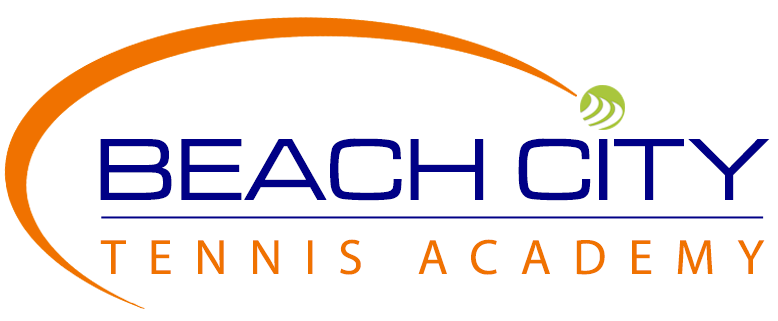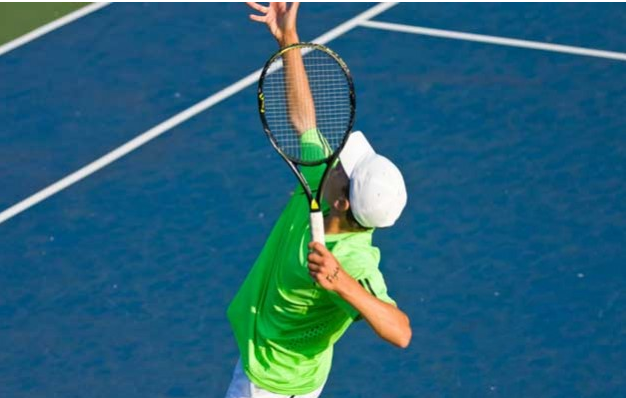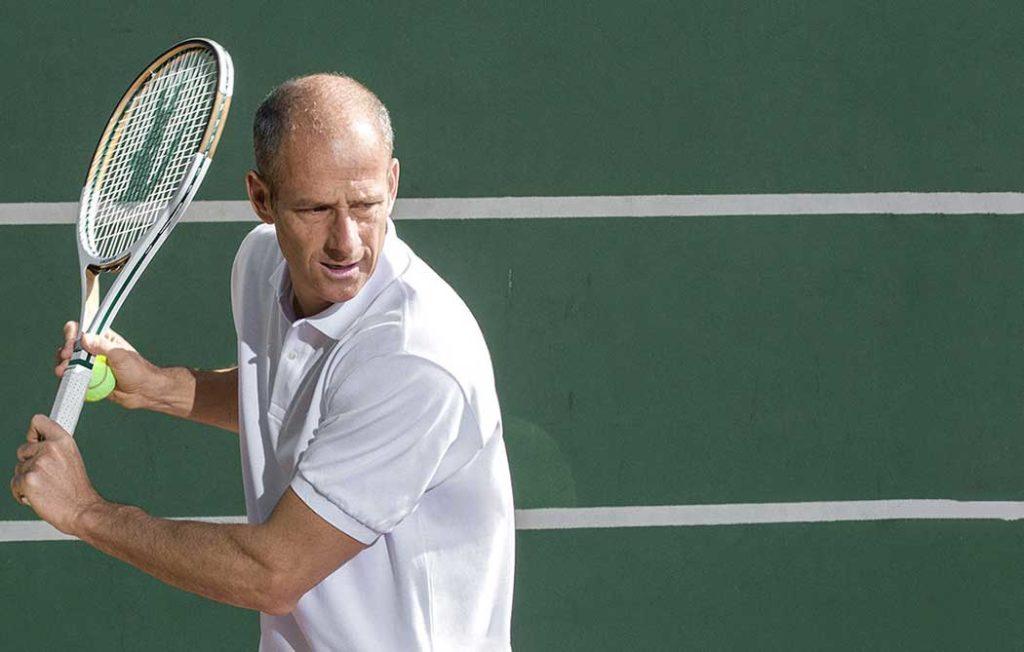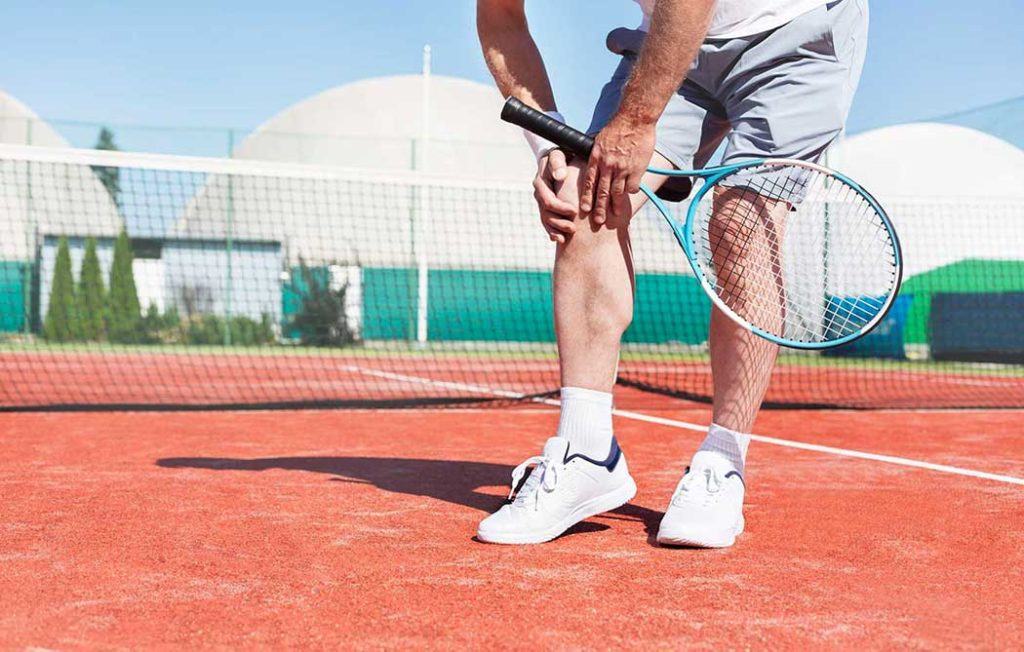{{current_weather.dt | momentjs( atts.date )}}
{{current_weather.temp | temp}} °{{units}}
{{day.dt | momentjs(atts.date)}}
{{day.temp | temp}} °{{day.temp_min | temp}} °{{units}}
Tennis Blog
How to sustain match play fuel
Early morning pre match, should be eaten the night before to avoid cramping and fatigue However, a light snack such as a banana or energy bar is fine as long it is consumed at least 2 hours before...
Does age really factor into the decision to play Tennis verses Pickleball?
In 2017, it was estimated that 962 million people around the planet were aged 60 or over, comprising a staggering 13% of the global population The population aged 60 or above is growing at a rate of...



